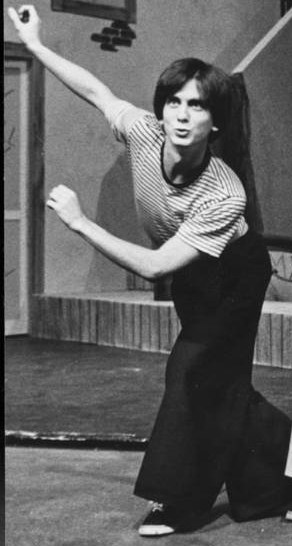GAMECOCK DIARIES, PART EIGHT: GAY FOR PLAY
(Another entry in my occasional series describing the pursuit of my MFA. This full series of entries can be seen here, in reverse chronological order)
 |
| Richard and I became good friends during our USC years. He was the only MFA directing candidate on campus at the time, and he directed me in one of my favorite performances. |
In September, 1994, I started my second year of my MFA degree at USC. When the fall semester began, I was slated to appear in three, count'em three shows between September and December. But then I ducked participation in the first show of the season, Hot L Baltimore, without knowing that act would have consequences for me down the road. Then the second show of the season, Othello, was bumped into the following semester, so I ended up playing only one show that fall (go here for the tale of slipping out of Hot L Baltimore and my disappointing performance in Othello.)
My days were pretty well defined that semester. The schedule went like this: in the mornings, we grad students were teaching undergrads, mostly non-majors who needed to fill their schedules with easy electives. We taught a Beginning Acting class (self-explanatory) and Speech & Diction, with the main component here teaching IPA to kids who couldn't have cared less (IPA is the International Phonetic Alphabet which, in those times before the internet, was used to symbolize the various sounds made while speaking English. Riveting stuff, eh?). |
| Here's our Katherine teaching the IPA. Those squiggles represent the sounds we make when speaking. This alphabet used to be used to teach English as a second language. Archaic nowadays. |
In the afternoons, we ourselves took class, which included Movement (we got some Alexander and some Laban there), and Speech (which included a weekly class with The Shakespeare Theatre Company's dialect coach Sarah, who commuted from DC every Monday to teach), as well as a private session with on-campus speech teacher, Jayne. We also, of course, took our own Acting class, which was lead by a different teacher each semester that year. I wrote more on these academic classes in the third entry in this series, go here for that report.
.jpg) |
| We had our first read at my place, which Richard dubbed the "Shady Rest." |
The evenings were spent in rehearsal. The Fall '94 semester, which began, as I said, with my being slated for 3 shows, had been reduced to one production. Our directing MFA candidate, Richard, was to direct one of his thesis projects on the main stage. He chose Eastern Standard by Richard Greenberg.
In those days before Google, it was hard to research living playwrights, so though I had heard Greenberg's name, I did not know anything about his work. In researching this entry today, I have learned that Eastern Standard was his first Broadway production, and it put him on the map. The show is not often remembered as an "AIDS play," despite the fact that the disease was a central plot point of the play.
These days, Aids Plays don't have much sizzle, but back in the 80s and 90s, playwrights were cranking out work which often addressed the plague which was tearing through the theatrical world. Angels in America and The Normal Heart became classics of the genre. Eastern Standard did not, having fallen off the radar until the recent death of Greenberg has brought it back into the spotlight. Back in the day, though, the show was a big success for the writer.
Eastern Standard has six characters, and director Richard filled the cast with five MFA actors and one undergrad.
 |
| Liz played the waitress. She was inexplicably invited to Long Island with the yuppies. |
The play concerned a quartet of sophisticated upper-middle class yuppies who meet cute in a swanky Manhattan restaurant. Phoebe sits at one table with her brother; she has just ended a relationship with a guy being prosecuted for insider trading. Her brother Peter (my role) is a successful TV writer who has bigger problems than being single: he's just been diagnosed with Aids. A second table holds an architect and an artist, two old college friends who are admiring the brother and sister from afar. A third table holds a bag lady who has slipped into the restaurant and whose loud rantings and physical attacks bring these four yuppies together. Thus the meet cute.
 |
| Nan played Mae, the homeless bag lady. I have a picture of Nan and me backstage at every show we did together, which is over a dozen. |
The second act moves to a beach house on Long Island a while later, where the two couples are vacationing and have inexplicably invited the homeless woman to join them. And also the waitress. I can't remember exactly how that was justified, but it made sense at the time.
The show was great fun to play, as Greenberg's dialogue was full of sparkling wit (the playwright has been described as the American Noel Coward) mixed with moments of quiet drama. Most of that drama concerned my character's struggle with facing his diagnosis in the midst of a brand new love affair. This plotline also created most of the drama offstage as well. As we were playing on a college campus, the full student body was invited to attend. Most of them didn't, of course, U of SC was a major football university, who went to the theatre? But all the theater students were required to attend a performance. This included a huge group of students in a class called Creative Drama, or something like that, which was a crib course populated with hundreds of students looking for an easy A.
Those students were decidedly not like the other undergrad actors on campus, they were more like the general populace, as it were. During our 6 performance run, we occasionally heard an uneasy squawk or two when the two gay characters physically came anywhere near each other. At our final performance, filled with all those kids who had put off seeing the show earlier, we had a pretty rowdy time. There was no physicality between the two gay characters other than a single hug, but you'd think the world was ending. Remember, this was 1994, and in South Carolina at the time, it felt more like 1974.


.jpg)




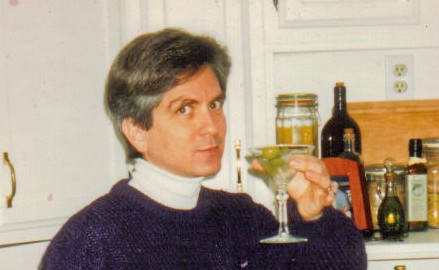
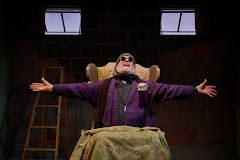




























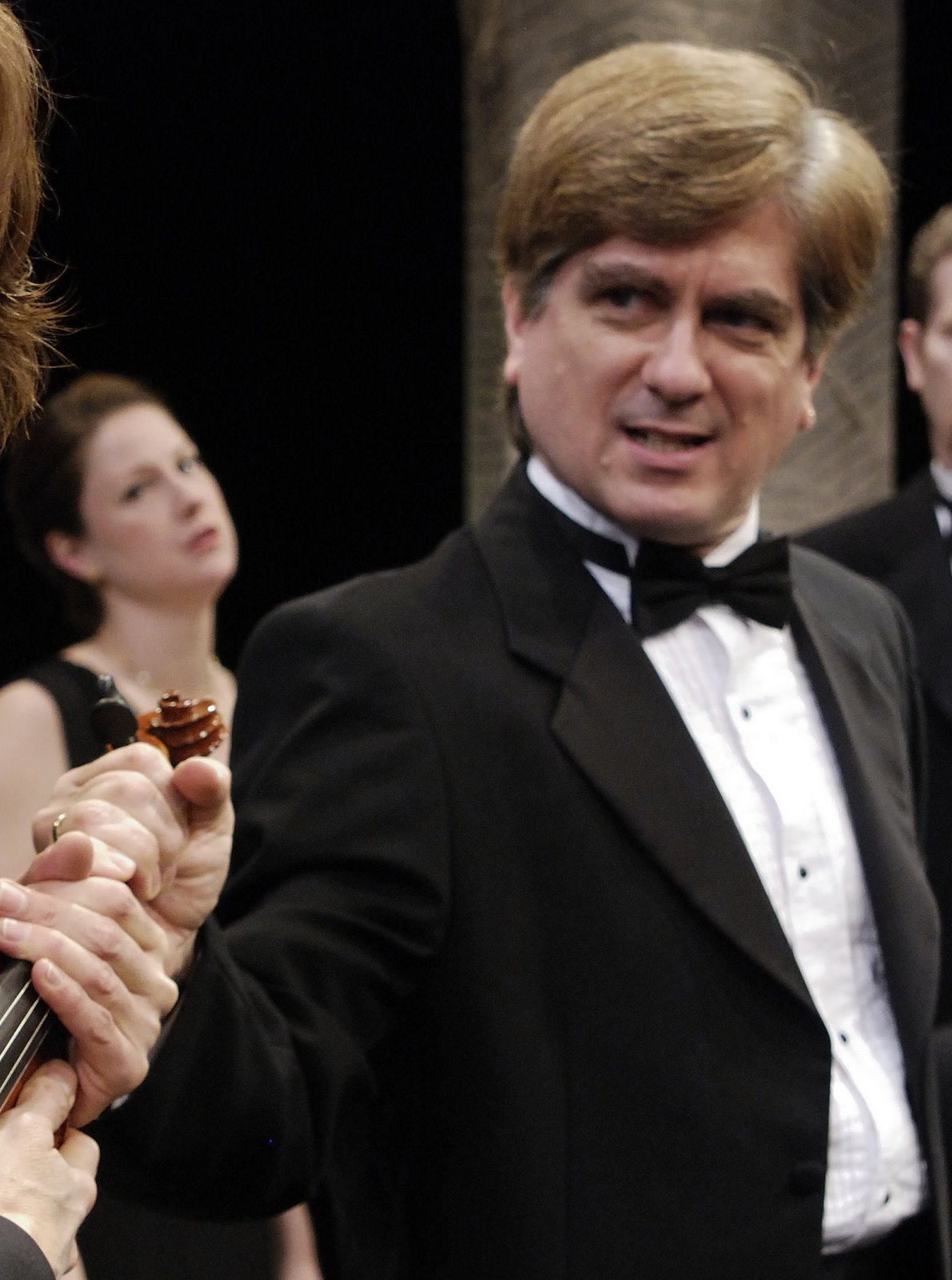
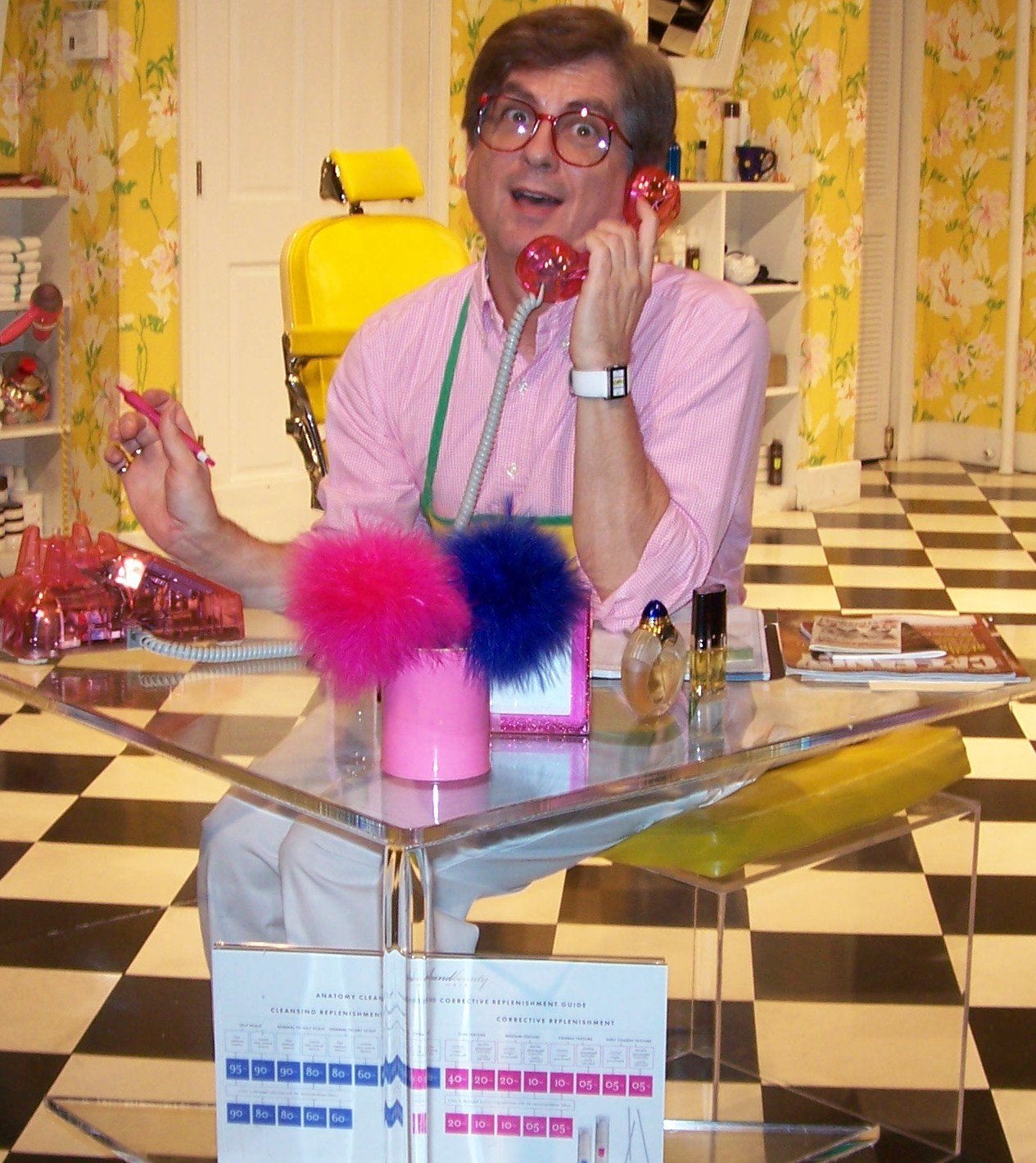
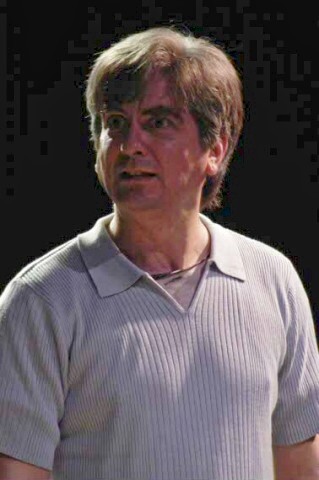
,+Olney+Theatre+Center,+2004.jpg)


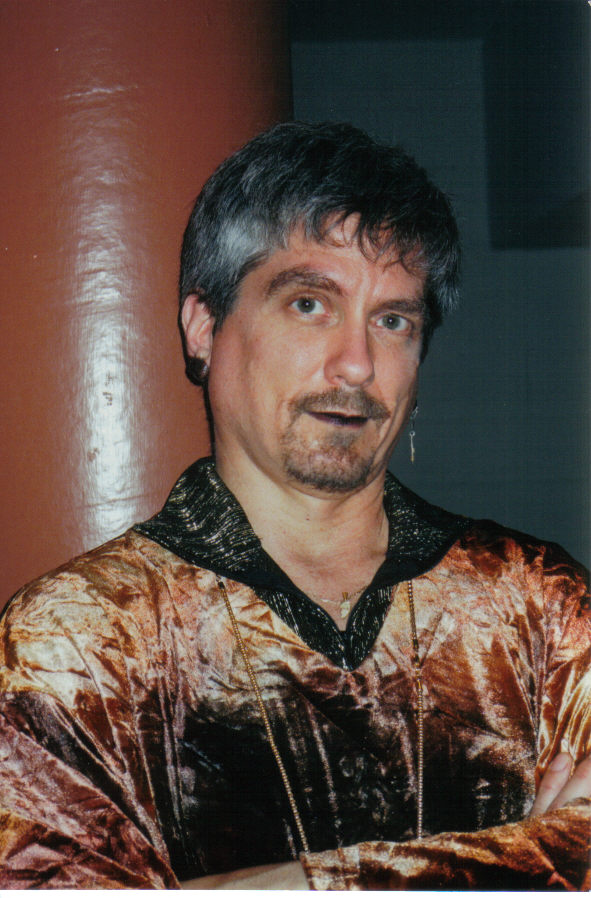
,+Shakespeare+Theatre+Company,.jpg)
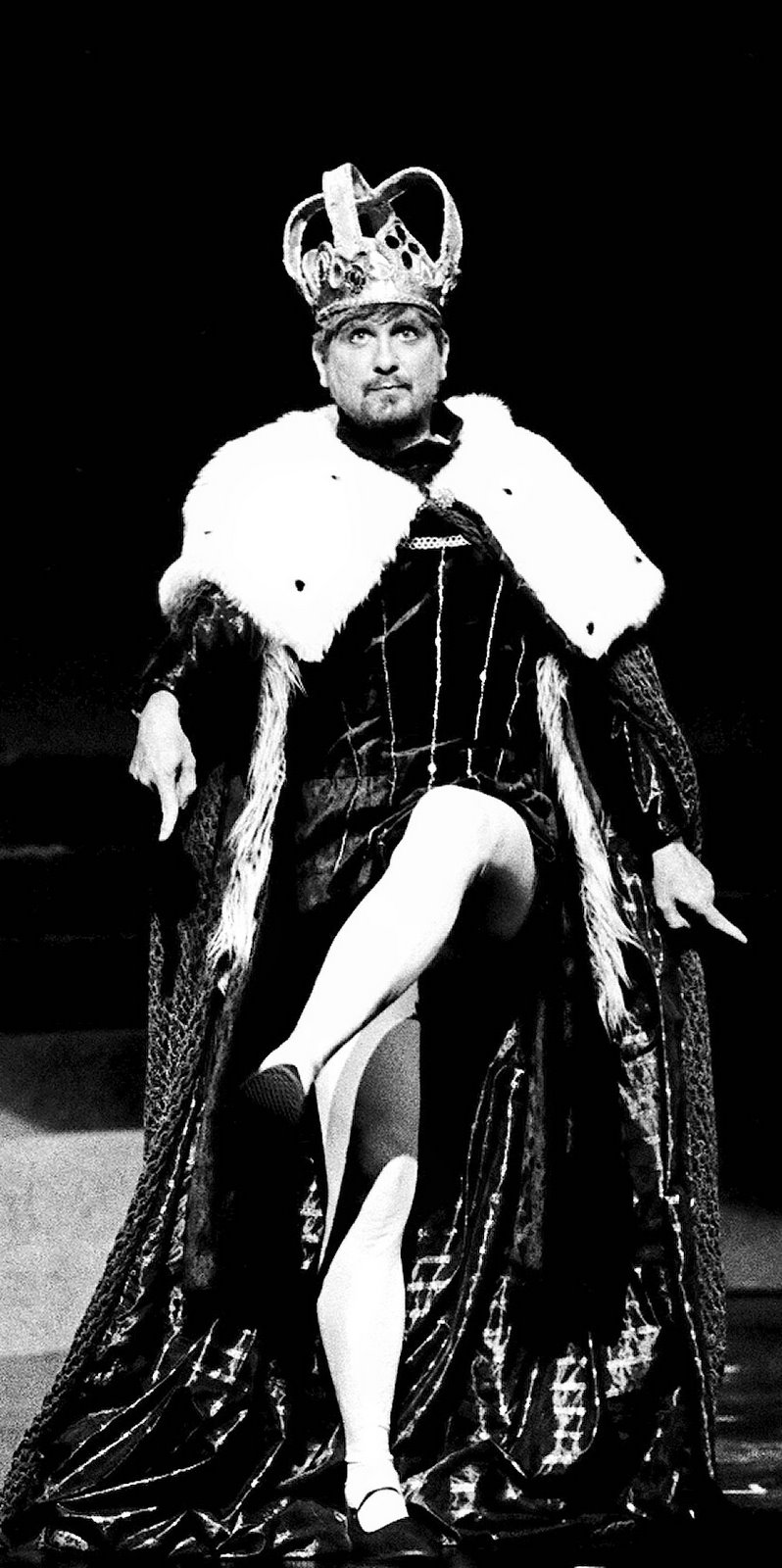

,+Warehouse+Theatre,+1999.jpg)
,+Are.jpg)
,+Everyman+Theatre,2002.jpg)
,+First+Nationa.jpg)
,+Shakespeare+Theatre+Company,.jpg)


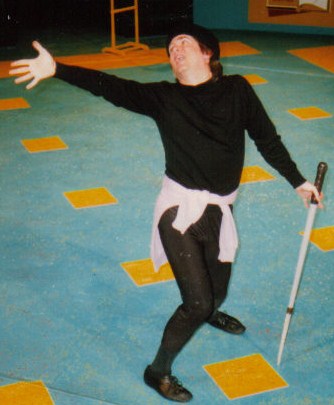
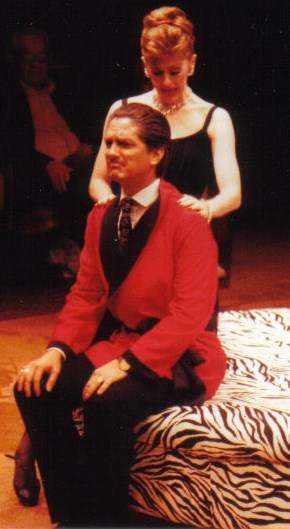
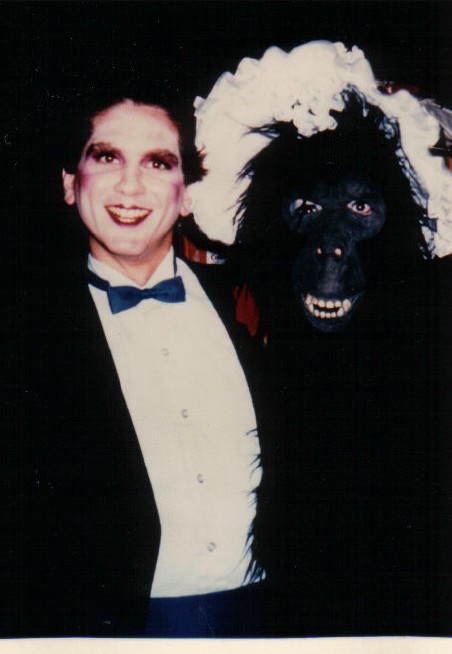
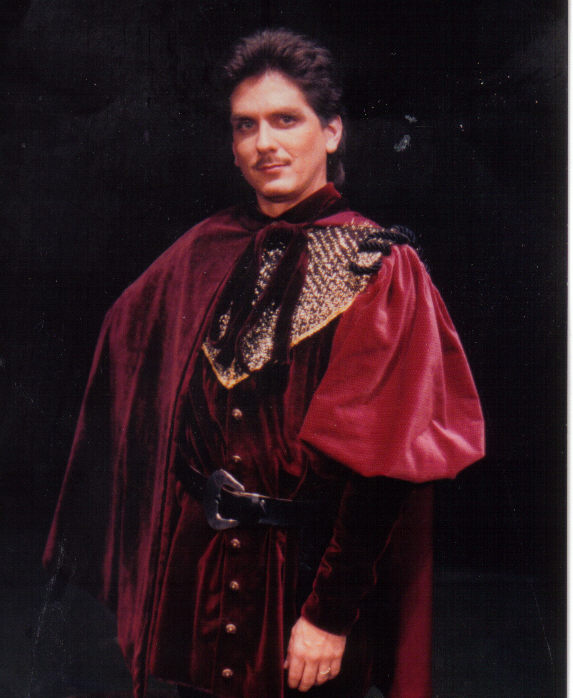
,+Granada+Th.jpg)
,+Globe+Playhouse,.jpg)
,+CSUN,+1976.jpg)
